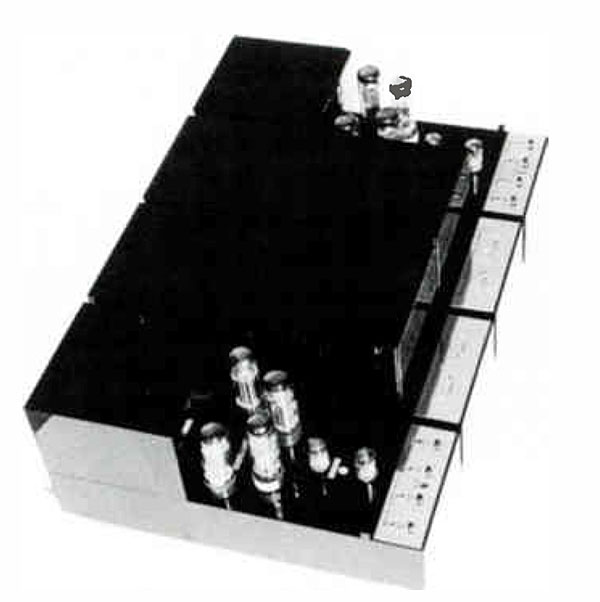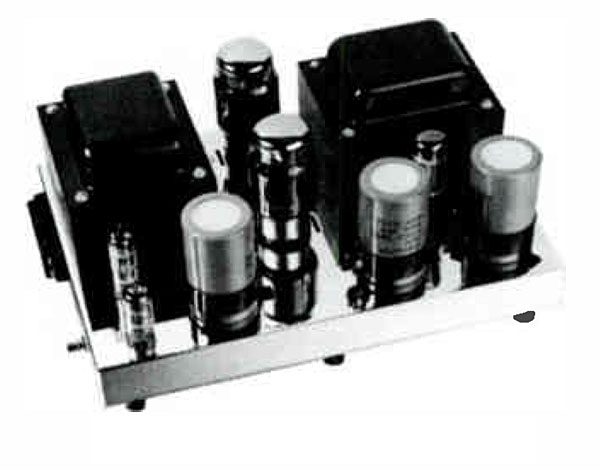| Columns Retired Columns & Blogs |
Anyone home? Has everyone over at Stereophile quit? AP has new stuff all the time. It's not of much interest since it's all record reviews, but at least they're trying.
Every time you rerun one of these old pieces, it only goes to emphasize how good you were then, as compared to what you are now.










































